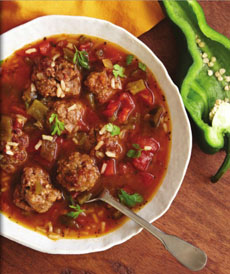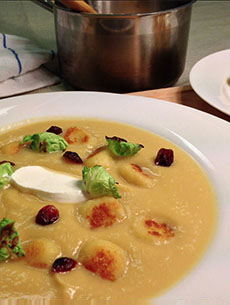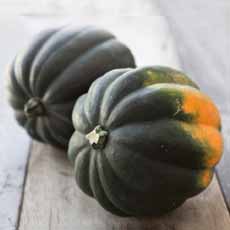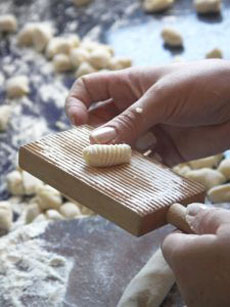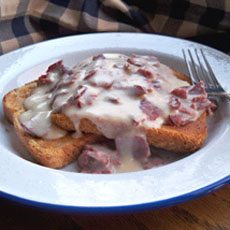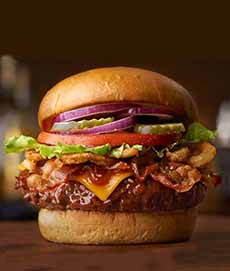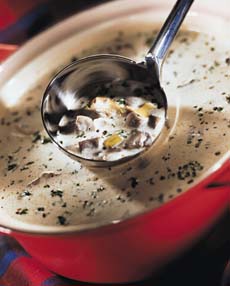|
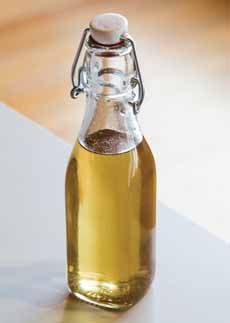
[1] While you can purchase simple syrup in a variety of flavors, you can also make it at home just by mixing sugar and water (photo © Liquor.com).
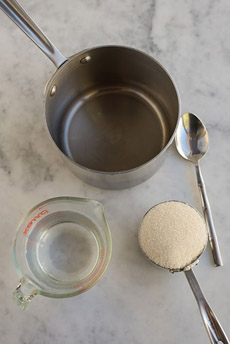
[2] If you don’t want to buy it, it’s simple to make simple syrup (photo © Zulka Sugar).
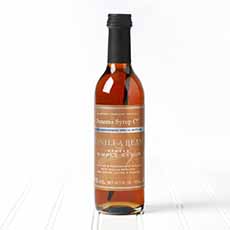
[3] Simple syrup can be infused with just about any flavor. Here, a vanilla bean is added to the bottle (photos #2 and #3 © Sonoma Syrup Co.).

[4] Add a hint of ginger, lavender, or your favorite fruit flavor to a cocktail. Here, Ginger Infused Simple Syrup from Sonoma Syrup Co.
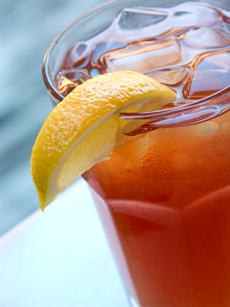
[5] Tired of stirring and stirring your iced tea or iced coffee until the sugar dissolves? Simple syrup dissolves in a flash. That’s why it’s used for cold drinks by mixologists (photo © Kelly Cline | iStock Photo).
|
|
Granulated sugar does not dissolve easily in cold beverages. Simple syrup (also called bar syrup, sugar syrup or gomme, the French word for gum) makes it easy to add sweetness to drinks—cocktails, iced tea or iced coffee.
Some people use superfine sugar (check out this nifty flip-top package). Others buy a bottle of premade simple syrup. (There’s also a sugar-free version.)
Or, you can easily make simple syrup—and keep it on hand.
You can also flavor simple syrup with anything from chile and cinnamon to lavender and mint (there’s a Ginger Simple Syrup recipe below that you can use as a template for other flavors).
Simple syrup is made on the stove top, stirring sugar and hot water until they combine into a syrup. But you can try the “shaking” techniquebelow: no stove necessary.
Both techniques follow “Uses For Simple Syrup.”
> The different types of sugars and syrups.
> A brief history of sugar.
USES FOR SIMPLE SYRUP
Baked goods—add moisture and flavorful by brushing onto the surface.
Cereal, stirred into oatmeal or other porridge.
Cocktails.
Cold drinks, including iced tea and iced coffee.
Fruit—baked apples, marinate fruit that isn’t sweet enough.
Hot drinks, if you have a flavored simple syrup and want to use it instead of plain sugar.
Ice cream and cream sodas–drizzle flavored simple syrup.
Simple syrup is easy to make and can be customized in many ways. The 1:1 ratio of sugar to water prevents bacteria growth and allows the syrup to store at room temperature for months
RECIPE #1: SIMPLE SYRUP, CLASSIC TECHNIQUE
Ingredients
2 parts sugar
1 part water
Optional flavor
Preparation
1. BRING the water to a boil. Dissolve the sugar into the boiling water, stirring constantly until dissolved completely. (Do not allow the syrup to boil for too long or it will be too thick.)
2. REMOVE the pan from the heat. Allow to cool completely and thicken.
3. ADD optional flavor. For vanilla simple syrup, add 1-1/2 teaspoons pure vanilla extract to cooled sugar syrup. If you want to infuse fresh herbs (basil, mint, rosemary), simmer them in the hot water for 20 minutes and remove before mixing the water with the sugar.
4. STORE in an airtight container in the fridge or the pantry.
RECIPE #2: INFUSED SIMPLE SYRUP WITH YOUR FLAVOR OF CHOICE
This recipe employs the old-school, cook-it-on-the-stove approach to making simple syrup. Enjoy it in a cocktail or in hot or iced tea.
Instead of the ginger specified here, you can infuse herbs like lavender and mint; fruits like berries, citrus and pomegranate; and holiday spices like pumpkin pie spice blends and vanilla bean.
Ingredients
1/2 cup fresh ginger, thinly sliced, or other ingredient (see previous sentence)
1/2 cup sugar
1-1/2 cups water
Preparation
1. COMBINE ginger, sugar and water in a saucepan and bring to a boil, stirring to dissolve the sugar.
2. REMOVE the pan from the heat and set aside to cool. Strain the syrup and refrigerate in an airtight container.
Boozy Variation: For “adult iced tea” or other cold drinks, add 1.5 ounces bourbon or whiskey.
Variation: Shaken Technique. This technique makes plain simple syrup, but not flavored syrups, which require simmering the flavor item in hot water.
1. FILL. Using the proportion of 2 parts sugar to three parts water, fill a bottle almost halfway with sugar; add hot water.
2. SHAKE. Cover the top and shake well. Store in a cool, dry place or in the fridge.
WHY DO THE PROPORTIONS VARY?
Some bartenders use a 1:1 ratio of sugar and water for a thicker syrup. Others prefer a thinner syrup.
Play around with the proportions until you hit on what’s right for you.
|

